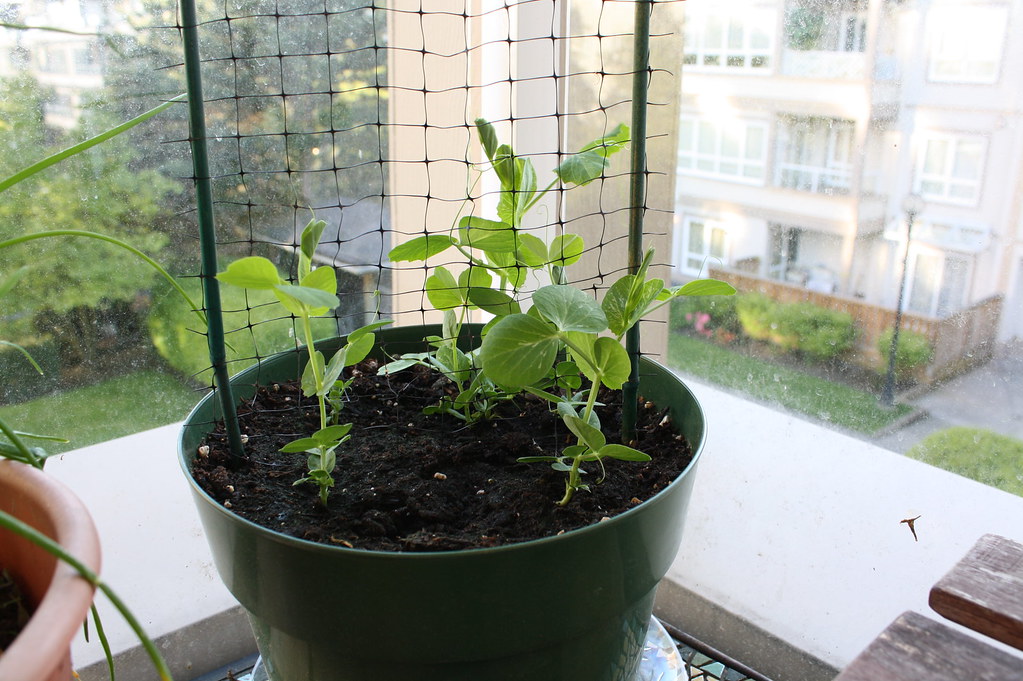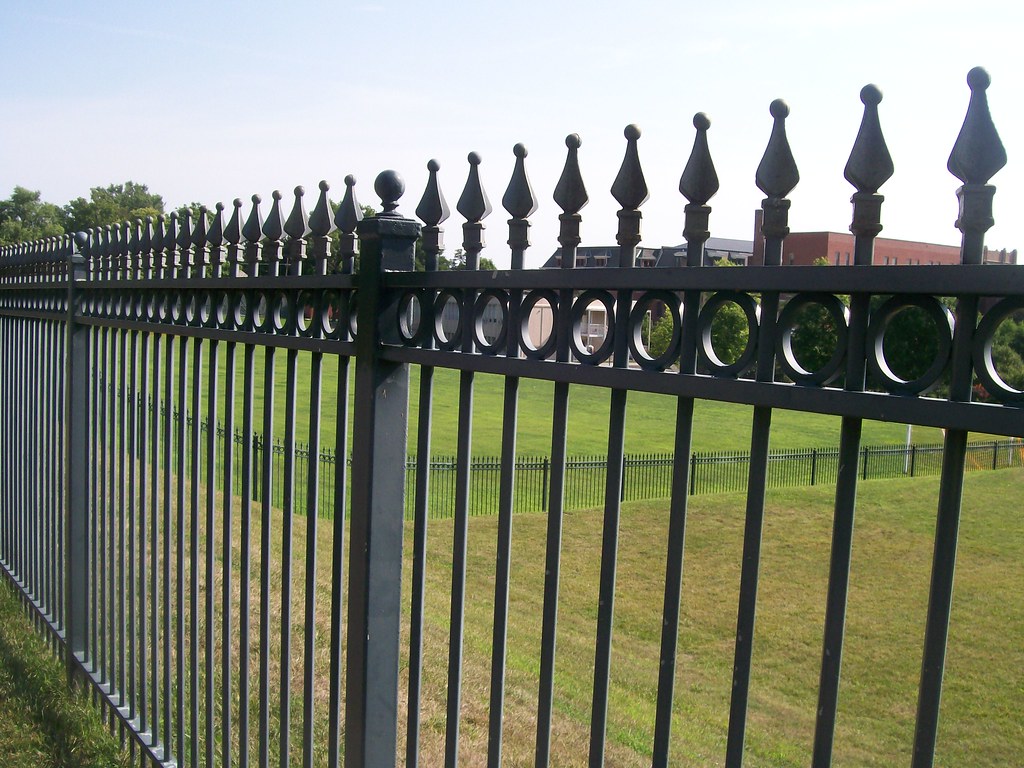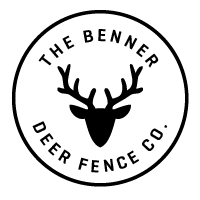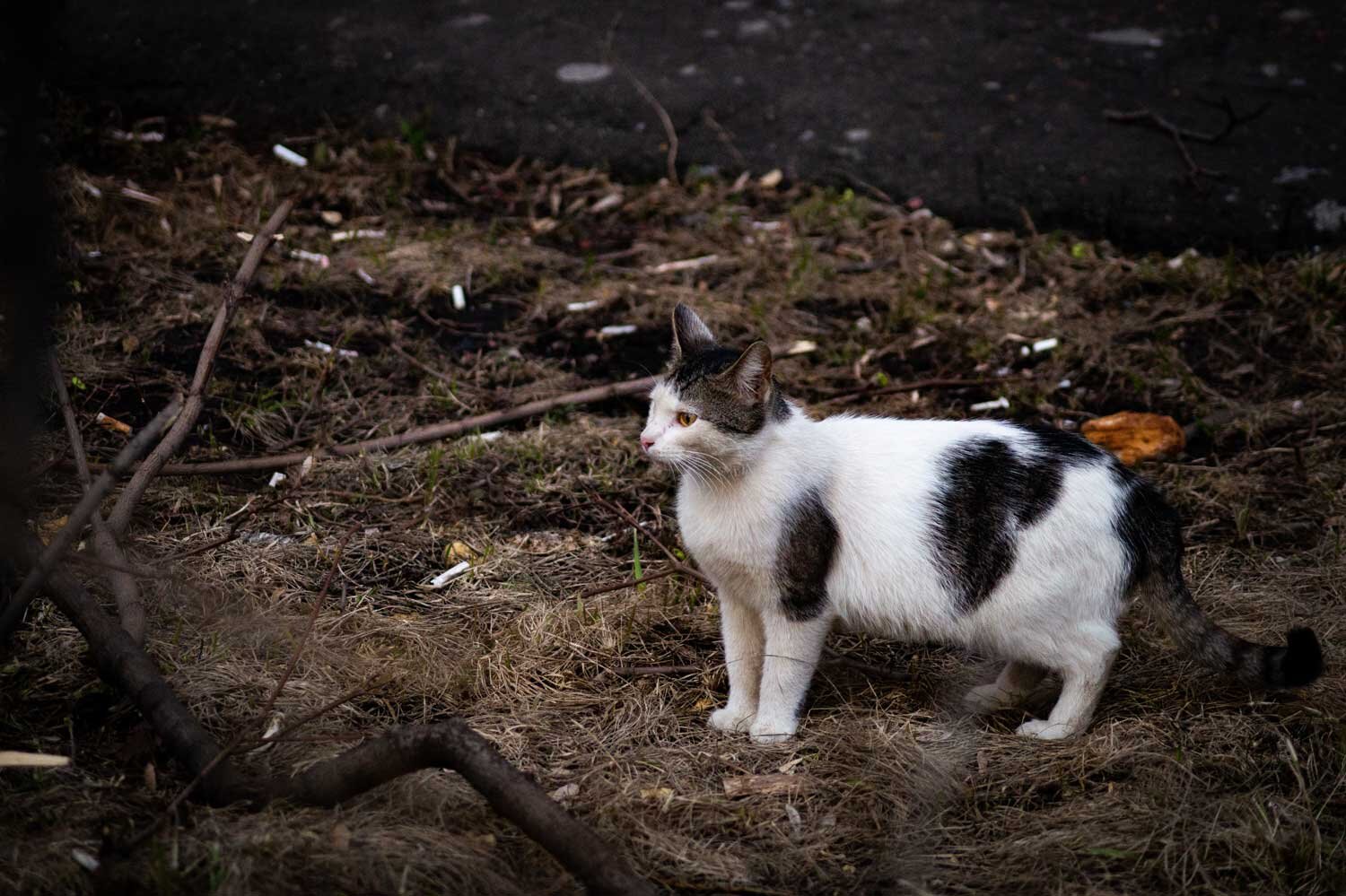Ten Suprising Uses for Deer Fence using Polypropylene and Metal Fence
Deer fencing is most commonly made from black polypropylene plastic or black poly coated welded wire and installed on metal or wood posts at a height of 7-8 feet. Both polypropylene and metal deer fencing have many uses beyond simply keeping deer out of a homeowners property. Deer fencing comes in a variety of heights and strengths as well. It is one of the most economical and long-lasting fence materials available. Poly deer fence is extremely strong, light weight and UV stabilized. Learn about the many and some surprising uses of deer fence.
#1 Dog Fence
Ben, hanging out in his fenced in yard.
A variety of our strongest deer fence materials make a perfect dog fence. Welded wire metal fence, polypropylene fence or a blend of the two fence can keep your dog safe and secure. Depending on the size and athleticism of your dog, fence heights range from 3-feet to 7-feet.
#2 Pool Fence
Properties with lots of trees and landscaping can benefit from using deer fence as a pool fence.
A 4-ft high,1.5-inch x 4-inch mesh design welded wire metal fence meets most townships requirements for pool code fencing. The most popular use is for homeowners that are installing a deer fence and have a pool. The pool code fence can be used at the bottom of a deer fence system. The fence can also be used alone as a pool fence. It is an economical alternative to a more expensive aluminum or metal decorative fence.
#3 Hemp, Vineyard and Orchard Fencing
Hemp plants need protection from deer damage.
Deer enjoy eating young hemp plants and ripe fruit off of trees. Deer fencing can easily be used to protect your crops from unwanted damage. For larger enclosures, 8-ft. high 14 gauge welded wire makes a strong, long lasting barrier.
#4 Cat Fence
Cat, enjoying her freedom outside.
Yes, deer fence works to keep most cats contained in an area. Much like dog fence, they can’t chew through it, they can’t climb it and they can’t go under it. In addition to these features, for highly energetic cats, an angled post extender can be installed at a 45-degree angle pointing inward to deter cats from climbing over the fence.
#5 Temporary Bed Fencing
Arborvitae are a good candidate for a seasonal bed fence to prevent deer damage.
If you have an area of trees and shrubs that are in need of winter protection from hungry deer, a small temporary enclosure may be the perfect solution. Deer fence can be installed on removable posts using traditional ground sleeves that sit flush with the ground. The sleeves stay in the ground year round, while the posts and fence can be put up in the fall and taken down in the spring.
#6 Garden Fence
Rodent proof deer fence surrounding raised bed garden.
An all metal fence or a blend of metal and polypropylene can be customized to fit any homeowners need. If you don’t have a deer problem, but need to protect against bunnies and ground hogs, a 3 ft.-4-ft. metal fence can keep pesky critters away. If you have deer present in your area, taller fence would be needed. An all metal fence or a poly fence with metal along the bottom will provides a chew-proof barrier.
#7 Leaf Gathering
Deer mesh can be used to remove leafs that fall on delicate plants and shrubs.
Light duty poly deer fence can be laid down over ground covers and ornamental shrubs to protect them from leaf buildup. Once the leaves have fallen, the fence can be rolled up and emptied into a leaf pile.
#8 Seasonal Protection from Deer Rub
A tree guard can protect young trees from seasonal deer rub.
In early fall, buck rub dried velvet off of their antlers using whatever means they can’t find. Often, they use trees and expose the inner bark of the tree. In rut season, deer also mark their territory and communicate by rubbing their scent onto trees which also causes damage. To protect your trees, wrap the base of individual trees with deer fence and secure with hog rings or cable ties.
#9 Garden Trellis
 "Pea-fingers!" by notamaiar is licensed under CC BY-NC-SA 2.0
"Pea-fingers!" by notamaiar is licensed under CC BY-NC-SA 2.0
Deer fence makes a great growing medium for climbing plants. It is extremely light weight, but very durable. Pieces of poly or metal deer fence can be stretched between posts to create an economical and custom size trellis for indoor or outdoor gardens. A cable can be added at the top to keep the fence taught from the weight from growing plants.
#10 Rodent Proof an Existing Fence
 "Fence" by bluekdesign is licensed under CC BY-NC-SA 2.0
"Fence" by bluekdesign is licensed under CC BY-NC-SA 2.0
Metal deer fence comes in a variety of gauges and mesh sizes. Welded wire fence is chew proof and the small grid design is tight enough that most rodents can not fit through. Metal deer fence can be secured to existing split rail or other types of fence with large opening to keep rodents out of an area.
Bonus: Extend the Height of an Existing Fence
3-ft. metal post extender
Are deer hopping over your existing fence? A deer fence extension may be the perfect solution for you. Extensions posts come in a variety of heights and attach to existing wood fencing to add needed height to a fence. A nylon tension cable and deer fence is then stretched across the post extenders.
Visit our website or contact us to learn more about any of the deer fence solutions you’ve just read about. If you have any uses or projects of your own, please share in the comments section.









